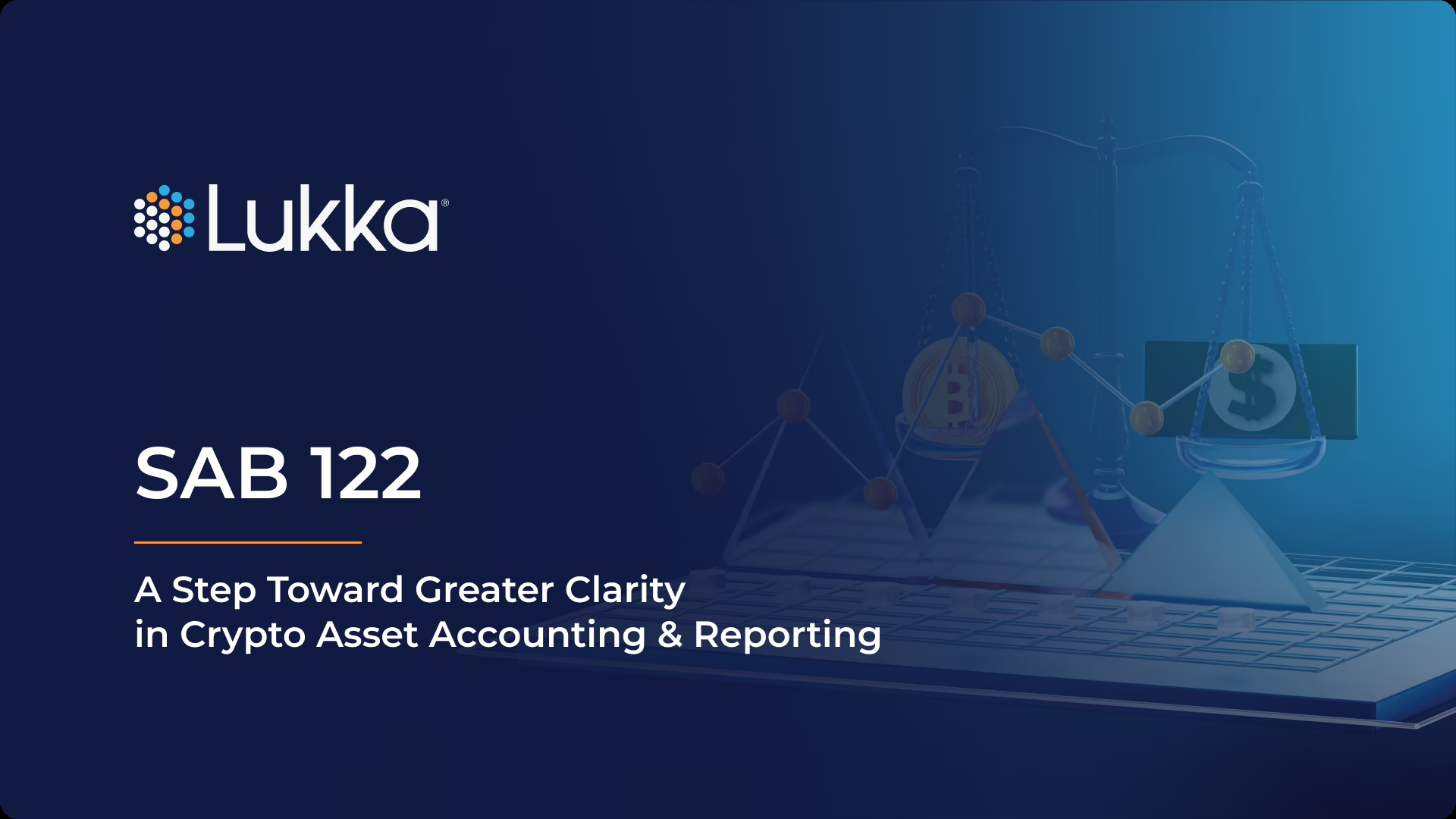Despite the improvements introduced by SAB 122, questions persist about whether the SEC should have addressed these matters differently. Nonetheless, the release of SAB 122 represents a significant improvement in the accounting guidance for safeguarding obligations of crypto assets. Unlike its predecessor, SAB 121, which introduced some unexpected and unconventional approaches, SAB 122 refers reporting entities to well-established US GAAP and IFRS frameworks—standards that have undergone rigorous public due process and transparent debate. This shift is widely seen as a critical enhancement, not simply within the digital assets and traditional financial services industries, but among most accounting and reporting experts that have followed SAB 121’s trajectory. This view is shared among these experts because SAB 122 aligns with accounting standards and principles that should have been the primary reference from the beginning.
Although SABs are not officially authoritative, auditors and market participants often treat them as such, creating unintended compliance burdens. The key issue with SAB 121 was its reliance on less commonly used accounting standards, which introduced uncertainty and operational challenges. In contrast, SAB 122 provides a more reliable foundation by leveraging widely accepted and used accounting standards that many industry experts believe should have been applied from the outset.
If the SEC identified gaps in GAAP, it could have sought input from FASB rather than issuing what essentially became a form of de facto authoritative new guidance independently. That is to say, the SEC should have referred these matters to the Financial Accounting Standards Board (FASB) for an authoritative response. This approach would have ensured that any new requirements followed an established and transparent due process, involving broad industry consultation and input from both the digital assets and the financial services industries.
